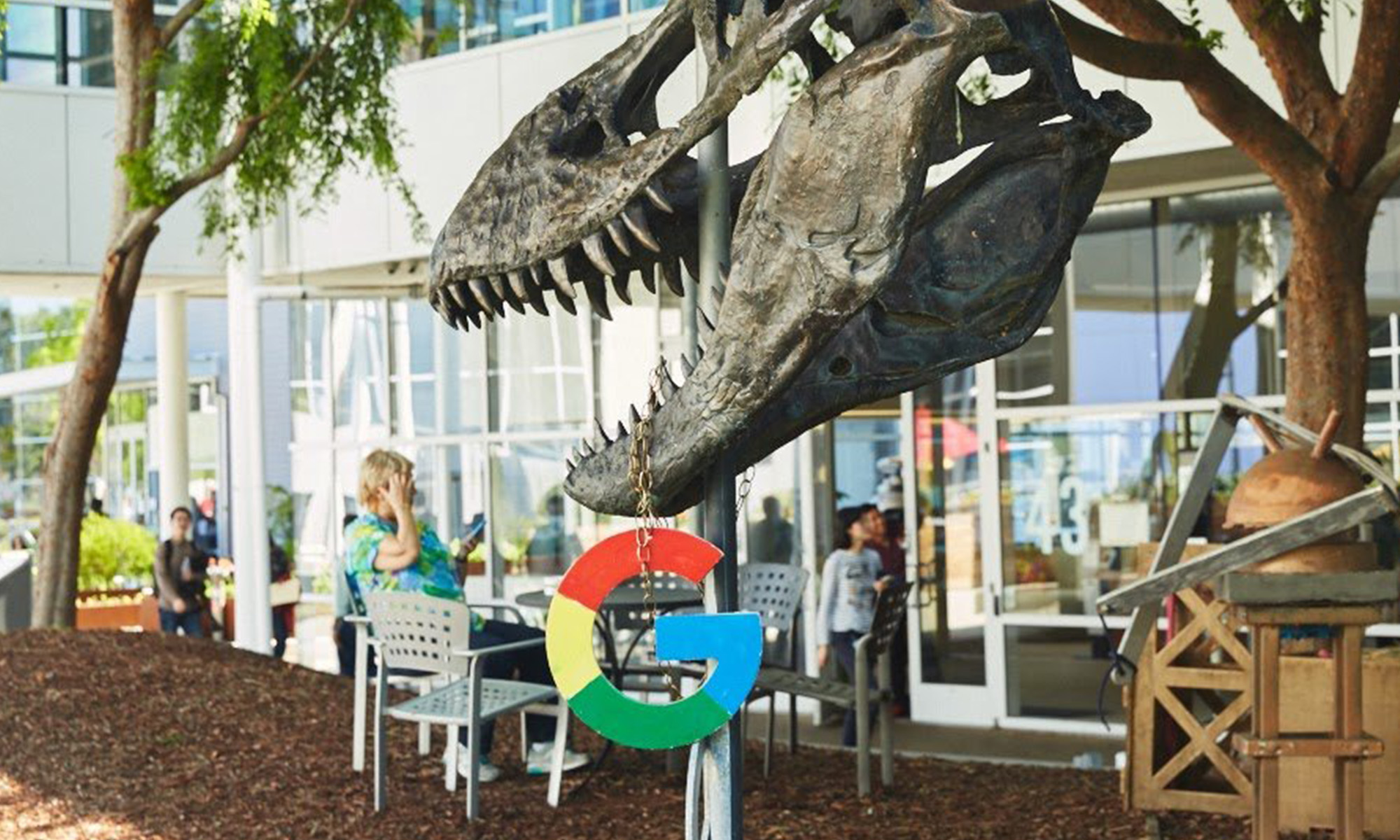
Source: WhatsApp
WhatsApp has more than 800 million active users sending over 30 billion messages per day, and it still doesn't deliver meaningful revenue. The company Facebook (FB 0.88%) purchased for $22 billion last year generated just $10.2 million in revenue during 2013 and only $16 million in the first half of 2014. Many users have clearly figured out how to avoid paying the modest $0.99 per year fee WhatsApp charges users to send and receive messages.
Facebook isn't concerned with extracting $0.99 annually from WhatsApp users, but instead it's focusing on how to monetize the service without coercing its users to pay a fee at all. Speaking at the J.P. Morgan technology conference earlier this week, Facebook CFO Dave Wehner indicated there's a long-term potential for WhatsApp to include more business-to-consumer communication. Facebook introduced the same functionality for its homegrown Messenger app at its F8 developers conference earlier this year.
Why two apps for the same thing?
Business-to-consumer communication within messaging apps isn't particularly innovative. KakaoTalk -- a messaging app popular in Korea -- has partnered with several businesses to provide services such as taxi booking and gift purchasing. Other Asia-based messaging apps offer similar e-commerce capabilities. The key is that these messaging apps have a geographically concentrated user base, so that regionally based businesses can easily access those people.
WhatsApp's user base is hardly concentrated. Nonetheless, it's more popular in certain markets, including Europe and India, than are other messaging apps. Comparatively, Facebook Messenger is more popular in the United States than WhatsApp and most other messaging apps. Considering the two apps' demographics complement each other well, it makes sense for Facebook to pursue the same business-to-consumer monetization strategy with both.
When Facebook introduced Businesses on Messenger at F8, it cited possible uses for the app including answering customer questions during the online checkout flow or receiving status updates on a shipment. It could also be used to stay in touch with purchasers after they receive the item, to receive more in-depth feedback on the shopping and product experience. The addition of payments on Messenger opens the door for conducting commerce on the platform down the road, and it wouldn't be too surprising to see similar payments functionality come to WhatsApp.
All in all, business-to-consumer messaging coupled with payments capabilities has proven a successful formula for profitable messaging apps. After WhatsApp lost $232.5 million (on paper) in the first half of 2014, Facebook needs to show that it can turn its huge investment profitable.
Becoming too similar
Corresponding functionality between WhatsApp and Facebook Messenger, however, presents a small problem for Facebook. As the two apps become more similar, users have less reason to download both instead of just using one of them.

Facebook already enables businesses to communicate with customer via Messenger. Source: Facebook.
Management has stated on several occasions that it sees Messenger and WhatsApp as complementary apps, and not just in terms of their user base. A single user might use both apps -- Messenger to chat with friends and WhatsApp to contact acquaintances from anywhere in the world. But as more friends get on WhatsApp and more businesses get on Messenger, the line blurs.
This isn't a terrible problem, but with the growing number of messaging apps on smartphones (Snapchat, Kik, Skype, WeChat, Viber, etc.), Facebook would benefit from differentiating the function of each messaging app before monetizing them and convincing users to install both. That would allow Facebook to take a larger share of the messaging ecosystem.
Long-term thinking
Wehner indicated that inviting businesses onto WhatsApp would happen "more longer term than near term." However, WhatsApp is rapidly closing in on the 1 billion user mark where Facebook CEO Mark Zuckerberg said it becomes more interesting as a business. While the approach of attracting users now and figuring out monetization later has worked for Facebook in the past, it eventually needs to prove it can repeat its success with Facebook.com across its other services.








